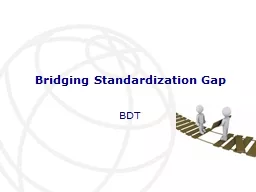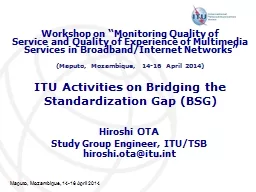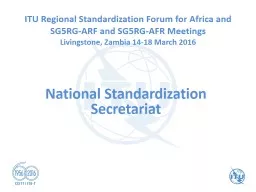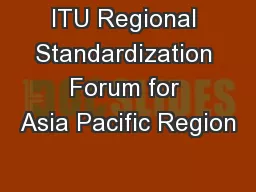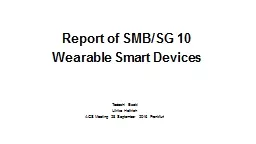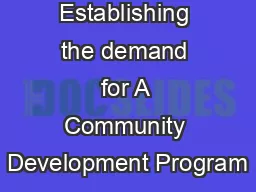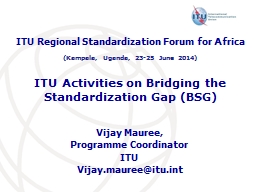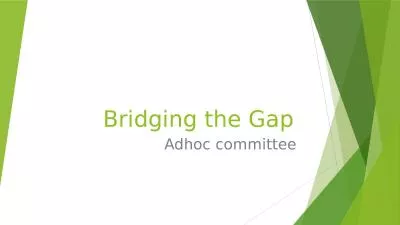PPT-Bridging Standardization Gap
Author : tawny-fly | Published Date : 2018-01-23
BDT Agenda Introduction ITUD mandate Regional Offices roles on BSG Recommendation ITUD 22 Dubai 2014 BDT initiatives capacity building and publications Getting uptodate
Presentation Embed Code
Download Presentation
Download Presentation The PPT/PDF document "Bridging Standardization Gap" is the property of its rightful owner. Permission is granted to download and print the materials on this website for personal, non-commercial use only, and to display it on your personal computer provided you do not modify the materials and that you retain all copyright notices contained in the materials. By downloading content from our website, you accept the terms of this agreement.
Bridging Standardization Gap: Transcript
Download Rules Of Document
"Bridging Standardization Gap"The content belongs to its owner. You may download and print it for personal use, without modification, and keep all copyright notices. By downloading, you agree to these terms.
Related Documents

